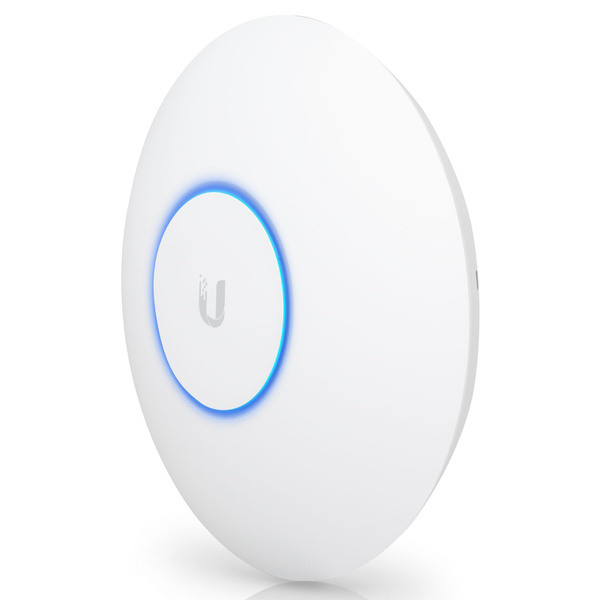In today’s fast-paced digital world, seamless connectivity is not just a luxury; it’s a necessity. Whether you’re managing a small home network or overseeing a large corporate infrastructure, the importance of a stable and fast internet connection cannot be overstated. At the heart of any wireless network lies an essential piece of hardware: the access point.
When looking to buy access points, like those offered at Jazz Cyber Shield, it’s vital to understand their role in providing better coverage, faster speeds, and enhanced security. In this article, we’ll break down what an access point is, how it works, and how to choose the right one for your needs.
What is an Access Point?
An access point (AP) is a device that allows wireless devices to connect to a wired network using Wi-Fi. It acts as a bridge between your devices (like smartphones, laptops, and tablets) and your router. Unlike a router, which connects multiple networks together, an access point extends the wireless coverage of a network, making sure devices in different areas can still maintain a strong connection.
Imagine you have a large office or a house with several rooms. The signal from a single router might not be able to cover every corner. This is where access points come in, ensuring full coverage in areas where the signal is weak or nonexistent.
Why You Need an Access Point
If you’re experiencing dead zones, slow connections, or frequent disconnections, an access point could be the solution to your problems. Here’s why you might want to consider adding one to your network setup:
- Extended Wi-Fi Coverage: An access point ensures that every corner of your home or office has a stable connection. No more weak signals or dead zones.
- Better Scalability: If you’re managing a large office or enterprise-level network, access points allow you to easily expand your wireless coverage without completely overhauling your existing setup.
- Improved Network Management: Many access points come with advanced management features, allowing you to control which devices can access the network, set up guest networks, and manage bandwidth allocation.
- Increased Device Capacity: Access points can handle more devices than a traditional router, making them perfect for offices, cafes, and large homes where multiple users need simultaneous access.
Types of Access Points
Before heading over to Jazz Cyber Shield to purchase an access point, it’s essential to understand the different types available and which one might suit your needs best.
Standalone Access Points
Standalone access points are perfect for smaller networks or individual users. They operate independently, meaning each access point must be manually configured and managed. This option is ideal for small offices or homes with moderate networking needs.
Controller-Based Access Points
In larger networks, managing multiple standalone access points can be a hassle. This is where controller-based access points come in. These devices are centrally managed by a controller, allowing IT administrators to oversee and manage several access points from a single interface.
Mesh Access Points
Mesh access points are designed for larger homes or businesses with expansive coverage needs. In a mesh system, multiple access points communicate with one another to create a seamless network. The advantage is that as you move from one part of the building to another, your device automatically switches to the access point with the strongest signal, without dropping your connection.
Key Features to Look for in an Access Point
When shopping for access points, here are some crucial features you should keep in mind:
- Wi-Fi Standards: Make sure the access point supports the latest Wi-Fi standards, such as Wi-Fi 6, which offers faster speeds and greater efficiency, especially in environments with many connected devices.
- Security Features: Look for access points that offer WPA3 encryption for added security. Some access points also offer features like firewall protection, guest networks, and the ability to monitor traffic.
- Power over Ethernet (PoE): PoE allows access points to receive both power and data through a single Ethernet cable, simplifying installation, especially in areas without nearby power outlets.
- Dual-Band or Tri-Band: Dual-band access points operate on both the 2.4GHz and 5GHz frequencies, which can help reduce interference and improve performance. Tri-band access points offer an additional 5GHz band, which can be useful in high-traffic environments.
- Range and Coverage: Pay attention to the range of the access point. Some devices are designed to cover large areas, while others are best suited for smaller spaces.
- Ease of Management: Some access points come with user-friendly apps or cloud-based management systems, making it easy to control and monitor your network even when you’re not on-site.
How to Choose the Right Access Point for Your Needs
Choosing the right access point comes down to understanding your specific requirements. Here’s a quick checklist to guide your decision:
- Home Network: If you need to eliminate dead zones in your home, a single standalone access point or a mesh system could do the trick.
- Small Office: For small businesses, a standalone or PoE access point will offer the scalability and control you need.
- Large Office or Enterprise: For larger organizations, consider controller-based access points that allow centralized management of multiple devices.
Conclusion
Access points are the unsung heroes of a strong and reliable network. Whether you’re setting up a home office, expanding Wi-Fi in a café, or managing an enterprise network, choosing the right access point is crucial for ensuring fast, seamless, and secure connectivity.
